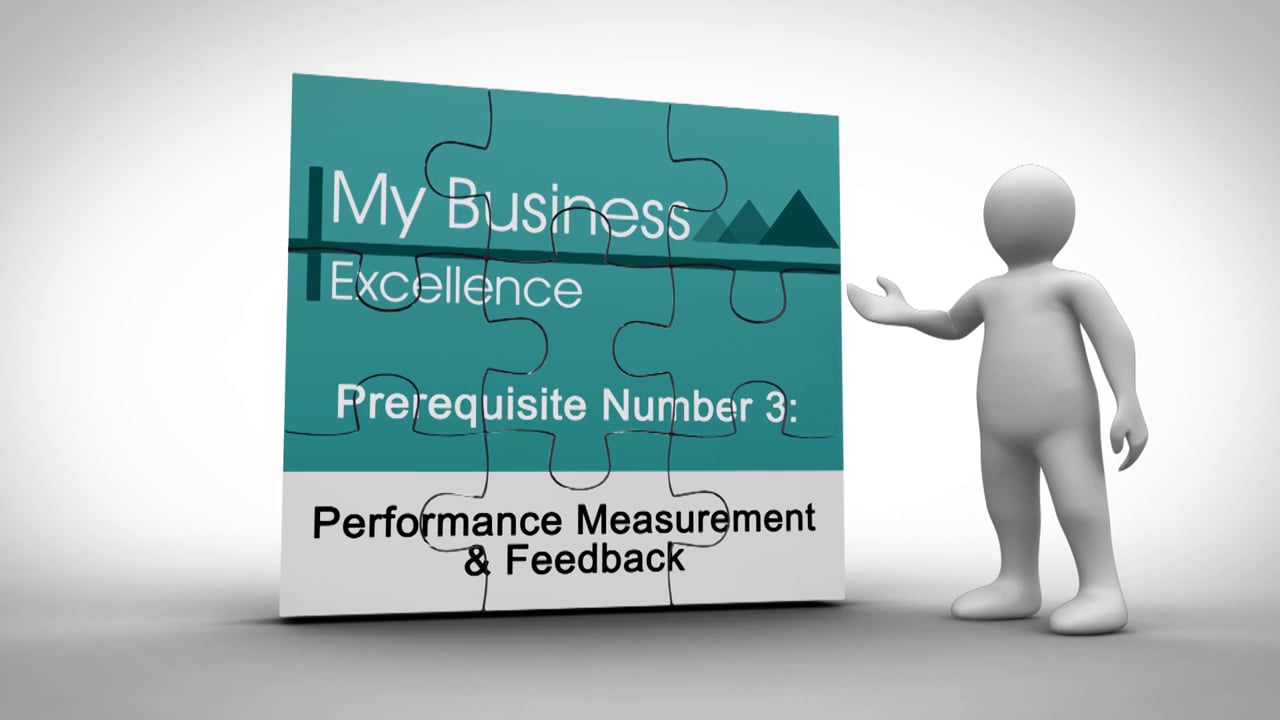7 Signs That Show You Need to Start Using an MRP System
You can see how your organization has significantly grown within the last periods. More staff, more tools and maybe you have incorporated more machinery or new technology.
Yet, it often happens that computer systems do not change. There are delays in product delivery and hidden costs emerge as a result of not having an MRP system or, in the best case, keeping an outdated one.
You can also listen to this article:

Sign #1: The famous Excel or spreadsheet is the heart of your organization
True, the spreadsheet is a flexible and effective tool. But, you have realized that this tool has lost the strength of its dawn.
The spreadsheets have accessibility issues. It is necessary to perform regular back-ups or save changes continuously so as not to lose information and working time. There are countless cases in which hours of work were lost because the last version was not saved correctly.
You may also find it familiar or have heard many times of the loss of information by overlapping the files and having no way to access the previous ones. This implies not only uneasiness to the user, but also a problem to the entire organization using that information. For example, the team of a certain production line is waiting for the production program.
Sign #2: Information updates are the headache and need excess of communication
Prices, costs, and formulas were set in the previous period (month, quarter, year, etc.). Yet, the person in charge of the area (commercial, costs, procurement, etc.) doesn’t have time to upload the new information into the system. The possibility of receiving updated information becomes a nightmare. And even after the main variables have been modified, there are still related parameters in need of modification. Consequently, the staff needs to:
- Make an excessive amount of phone calls to reduce the uncertainty
- Wait for the last email to get the last status report
- Have additional meetings to ensure the data and figures are updated
The updated information would be the same across an integrated system if you had one. The staff can get the required information with minimum communication and no need to make further inquiries.
Sign #3: The organization handles different figures
Each department has its tables, statistics, and expectations. The information often is not the same between departments and it is necessary to add meeting hours to confirm the figures. This implies an excessive amount of time is lost by managers and administrators, who could well use it to add value to the organization.
The introduction of an MRP System will help to standardize the same information. It also compiles reports to understand the current situation, the statistics, and the evolution over the last periods. It reports the budget, the inventory levels, the production volumes, the product turnover, the sales volumes and more.
Sign #4: There are complications when several users need to use the same software simultaneously
The users are several and the time is now. Does it happen to your team that there are overlaps for the use of the software? The effects are immediate:
- Deprivation of the real-time information
- Loss of administrative man-hours
- Losses of man-hours for the whole organization
- Outdated information leads to erroneous results
The MRP systems, either on-premise or cloud-based, can solve this problem:
- Everyone can report their tasks in real-time and simultaneously
- The system can be accessed from alternative devices (i.e. smartphones, tablets, and/or apps)
- The framework and the configurations are user-friendly
MRP systems (especially Cloud-based MRP) ease the development of the tasks of the members of your organization.
Sign #5: There is an excess of administrative waste or the administrative inefficiency is the new problem
This is a problem for the organization in general. Imagine that the production floor needs to produce the next batch of products. There are many reasons that there’s no progress with the production plan as scheduled:
- The parameters of the equipment have changed
- The proportion or quality of the materials has been modified
- The warehouse simply does not have the required material
What are the effects?
- Operational downtime
- Idle labor and machinery
- Lost production
- Administrative staff must re-schedule everything in a hurry
- Lost sales
- Unsatisfied customers
MRP systems increase the administrative efficiency in planning, doing, checking and monitoring stages.
Sign #6: Data scalability makes up a limitation
MRP systems allow a high level of flexibility despite the increase in the number of operations and users. MRP systems offer degrees of freedom to scale regardless of the number of users. Again, here it is possible to significantly improve the productivity of human capital. Managing your productive and administrative processes from anywhere in the world in real-time.
If you are expanding to new regions, you will need to redefine the distribution centers, the human capital, the inventories levels, etc.
MRP systems solve scalability challenges
- Save time and money
- Optimize and integrate all the resources
- Organize and automate the new processes
- Identify easily the areas for improvement
- Facilitate communication throughout the organization and environment
Sign #7: There is no integration between organizational areas
Let’s see a classical example when Supply Chain Planning runs the MRP. It’s necessary to explore the Master Production Schedule (MPS) to quantify the necessary resources and times. And the questions are:
- What is the production plan?
- What is the necessary amount of labor?
- What is the quantity of materials required and their required arrival times?
- What materials will be missing and need sourcing?
- How is it possible to integrate all this information with the accounting & financial systems?
Another typical example is when the commercial department needs to set or achieve sales goals. For instance, when it needs to connect the sales with inventories and invoicing systems:
- What’s the product availability at present and the expected available to promise level at the end of the next period?
- Is it possible to deliver the product mix and volume to the customers on time?
- Is it possible to cover all the market regions?
- Is there any updated cost information of materials from which it’s possible to set a new profitable price?
- Is it possible to integrate the supply chain systems to the commercial, accounting, and financial processes?
Often these needs are not met by traditional tools and need an introduction of an MRP system. It will encompass the flow of demand and solve all the previous questions.
You may also like the infographic about Top 7 Mistakes When Searching MRP/ERP Software.
If you have identified with any of these signals, it is probably the time to analyze the implementation of an appropriate MRP system. The managers, the analysts and all the members of your organization will use up-to-date, real-time and standardized information. It’s time to work with administrative efficiency and reflect on the general efficiency of your business.


